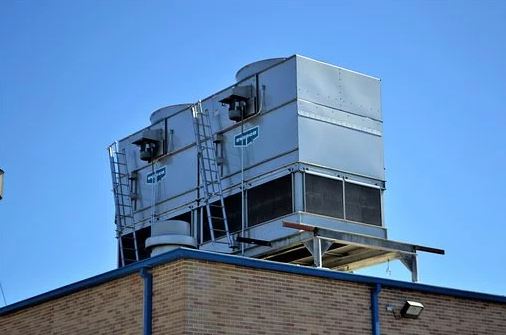
Businesses in the field of plumbing and HVAC need to keep up with modern advancements in technology. Integrating smart technology can greatly enhance efficiency and the overall customer experience. Plumbing and HVAC businesses that have invested in smart technology have witnessed significant improvements in their daily operations, from scheduling and tracking work orders to remotely monitoring systems. The Cummings Plumbing team looks at ways smart technology can help plumbing and HVAC businesses enhance efficiency and provide seamless customer experiences.
Mobile Field Service Software
Using mobile field service software in plumbing and HVAC businesses has changed the game. This software allows technicians to manage their work orders, schedule appointments, process invoices, and keep track of inventory, all from their mobile devices. With this technology, businesses can cut down on time spent on paperwork and focus more on service delivery to clients.
However, the benefits of mobile field service software go beyond streamlining processes. The software also offers real-time updates on job status and location tracking, improving communication between technicians and office staff. This helps businesses stay on top of their operations and promptly respond to customers.
Smart Learning Thermostats
Smart learning thermostats can help homeowners reduce their energy bills and save money by automatically adjusting temperatures based on their daily routines. These thermostats also allow homeowners to remotely control their HVAC systems using their mobile devices, giving them added convenience and control over their homes. HVAC businesses can offer these thermostats as part of their service deals.
One way that plumbing and HVAC businesses can benefit from smart learning thermostats is by offering maintenance programs to homeowners. By installing these thermostats, technicians can remotely monitor the systems, identify potential issues, and schedule maintenance visits before major problems occur.
Leak Detection Systems
Water leak detection systems can help plumbing businesses track water leaks and prevent damage to homes. These systems can detect leaks, locate them, and notify homeowners, giving them time to act and prevent further damage. Plumbing businesses that install these systems can assure homeowners of prompt leak detection and damage prevention.
Moreover, these systems can be integrated with smart home technology, allowing homeowners to monitor their water usage and receive alerts in real-time. This feature enhances the customer experience by giving them more control over their water usage and promoting water conservation.
Instant Messaging Support Platforms
Customers always want quick and easy access to support. Plumbing and HVAC businesses can utilize instant messaging platforms to provide customers instant support, answer queries, and take in bookings. This technology provides a faster and more efficient way to handle customer support while ensuring customer satisfaction.
Another benefit of instant messaging support platforms is that they allow businesses to keep track of conversations and customer requests. This data can be used to identify recurring issues or areas where improvements can be made within the business.
Smart Energy Management Systems
Whether for homes or commercial buildings, investing in smart energy management systems can help businesses save money on energy bills while reducing their carbon footprint. These systems monitor and analyze energy usage, allowing businesses to identify areas where they can reduce usage and save energy costs. HVAC businesses can help install these systems in buildings or homes they service, providing value-addition to their clients.
For instance, HVAC businesses can offer energy audits to assess a building’s overall energy consumption and provide recommendations for improving efficiency. Smart energy management systems can also be integrated with other smart technologies, such as smart thermostats, for even greater efficiency.
Automated Scheduling and Reminders
Using automation tools for scheduling appointments and sending customer reminders is an excellent way to enhance the customer experience. Customers can receive automated reminders about service appointments, ensuring they don’t forget and miss appointments or important maintenance dates. Plumbing and HVAC businesses can also use automation tools to schedule and track their technicians and installations.
Cummings Plumbing adds that utilizing automation for scheduling appointments and tracking technicians can help businesses save time and increase efficiency. It eliminates manual scheduling, reduces human errors, and allows businesses to focus on providing exceptional service.
Remote Monitoring And Maintenance
Smart technology also allows businesses to monitor systems and receive alerts when things go wrong remotely. This helps businesses detect issues and act promptly before things get worse. Plumbing and HVAC businesses can use this technology to offer preventive maintenance services that result in happy and loyal customers.
Moreover, with the rise of IoT (Internet of Things), smart technology integration will only become more prevalent in the plumbing and HVAC industry. Businesses that embrace this change will enhance efficiency, stay ahead of the competition, and provide a seamless customer experience. So, if you’re a plumbing or HVAC business owner, don’t be afraid to explore the possibilities of smart technology in your operations.
Conclusion
Plumbing and HVAC companies must integrate smart technology into their daily operations in the ever-changing business world. With the benefits of remote monitoring, predictive maintenance, and improved customer experience, it’s clear that investing in smart technology is a wise decision. By embracing this change now, businesses can stay ahead of the curve and provide top-notch services to their customers.
Interesting Related Article: “Key Features for High-Performance HVAC Systems“

